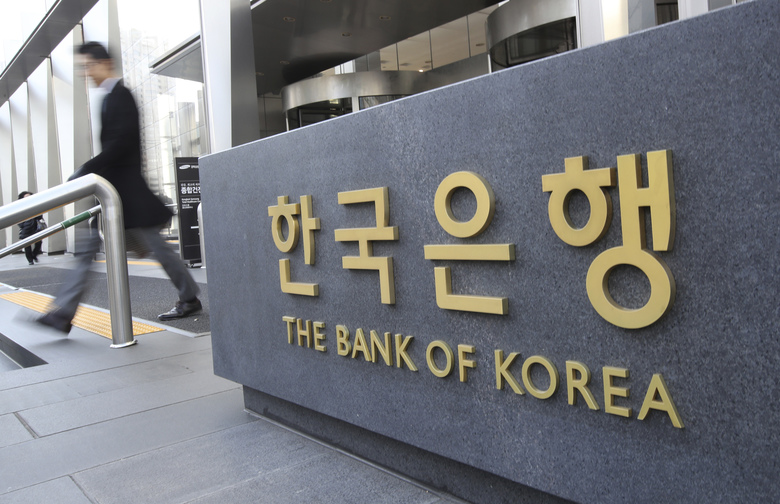BoK increases interest rates
November 30, 2017 | Expert Insights

For the first time in six years, South Korea’s central bank, Bank of Korea (BoK) has raised the interest rates. South Korea has been facing rising pressure to increase borrowing costs. This move in Seoul is the first hike of a benchmark rate by a major central bank in Asia since 2014.
Background
As the world’s eleventh-largest economy, South Korea is bigger than any other country that has experienced a military conflict on its own soil in the past seventy years. South Korea is heavily integrated into regional and global manufacturing supply chains. South Korea is currently the fourth-biggest producer of electronics products, including liquid crystal displays, where it accounts for 40 percent of the global total. South Korea is also the second-biggest producer of semiconductors, with a global market share of around 17 percent. South Korea is also a major automotive producer, accounting for about 5 percent of global vehicle production, as well as being home to the world’s three largest shipbuilders.
Bank of Korea
The central bank for the Republic of Korea (South Korea) is Bank of Korea. It was established in 1950 and is headquartered in Seoul. The Bank's primary purpose is price stability. For that, the bank targets inflation. The 2016–18 target is consumer price inflation of 2.0%.
Interest rate
The interest rate is the percent of principal charged by the lender for the use of its money. The principal is the amount of money lent. Shifts in this crucial interest rate have a drastic effect on the building blocks of macroeconomics, such as consumer spending and borrowing. Changes in interest rates can have both positive and negative effects on the markets.
Analysis
For the first time in six years, South Korea’s central bank, Bank of Korea (BoK) has raised the interest rates. South Korea has been facing rising pressure to increase borrowing costs. Towards the end of 2015, the Federal Reserve began tightening at the end of 2015 and this move in Seoul is the first hike of a benchmark rate by a major central bank in Asia since 2014. The interest rate has been raised to 1.5%.
The BoK move was widely expected after Lee Ju-yeol, its governor, recently hinted at a shift in the central bank’s monetary policy direction. He said, “The economic recovery is likely to continue with inflation nearing our target. If we leave our rates unchanged, there is a risk of financial imbalances accumulating,”
The market seemingly ignored North Korea’s latest actions. The neighboring nation announced that it had successfully tested a new intercontinental ballistic missile that put all of the U.S. mainland within range. It was the country’s biggest ICBM yet and sent ripples within the international community. However, markets did not react to it as they gained 0.7 percent against the dollar to 1,076.8 before closing onshore trade for the day. This was a two-and-a-half year high.
Analysts and experts have also stated that South Korea’s economy is expected to remain strong. Economists at Natixis have noted that the South Korean economy is strong enough to absorb higher rates. The real annual growth in gross domestic product reaching 3.6 per cent. The nations exports have also risen. Compared to the same month last year, the country’s exports to have risen more than 10 percent.
“The bank kicked off its rate normalisation drive. It won’t be a one-off hike but the next move is likely to come in six to eight months,” said Kwon Young-sun, economist at Nomura.
Assessment
Our assessment is that given the strong state of the South Korea economy, BoK is likely to increase interest rates once again. Experts note that a further increase in interest rates will be introduced in first half of 2018. The escalated threat posed by North Korea is unlikely to deter this progress as it stands.








Comments